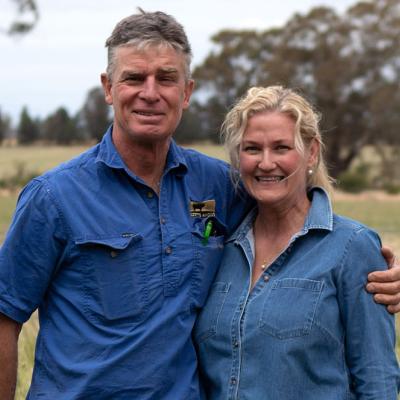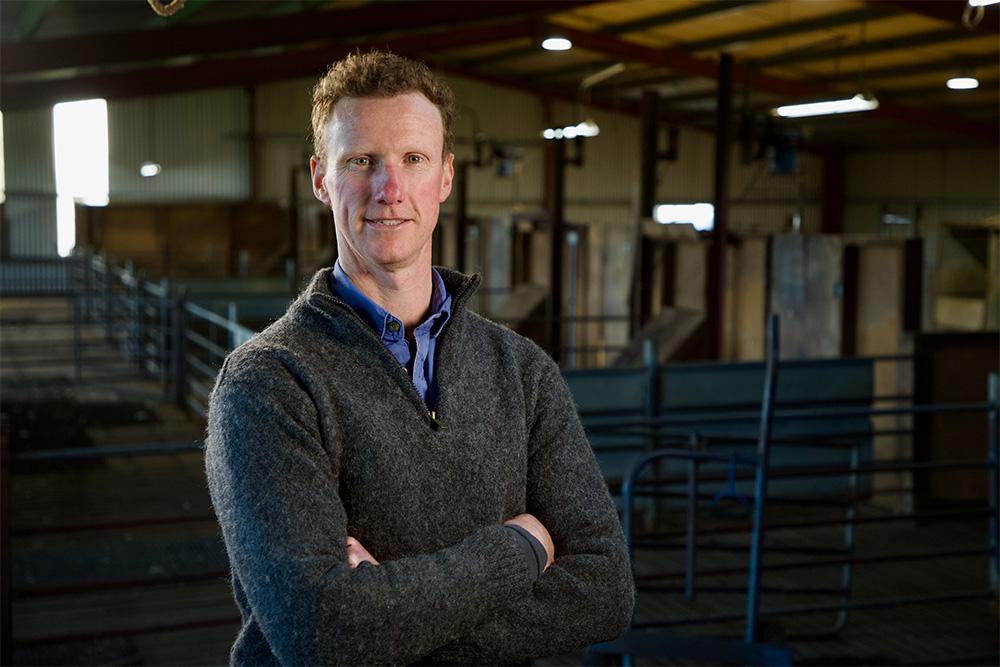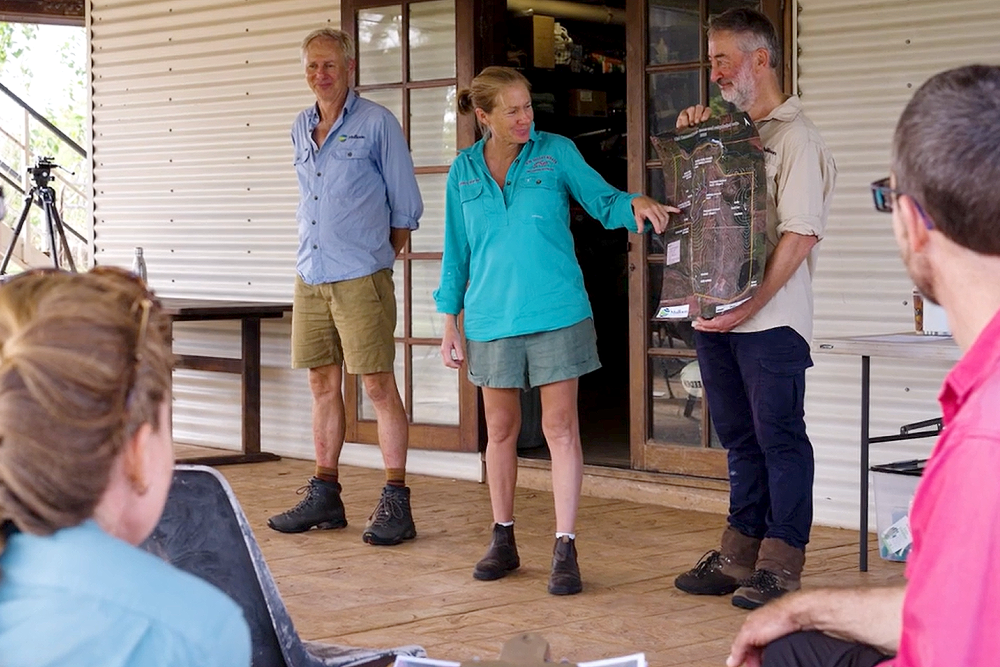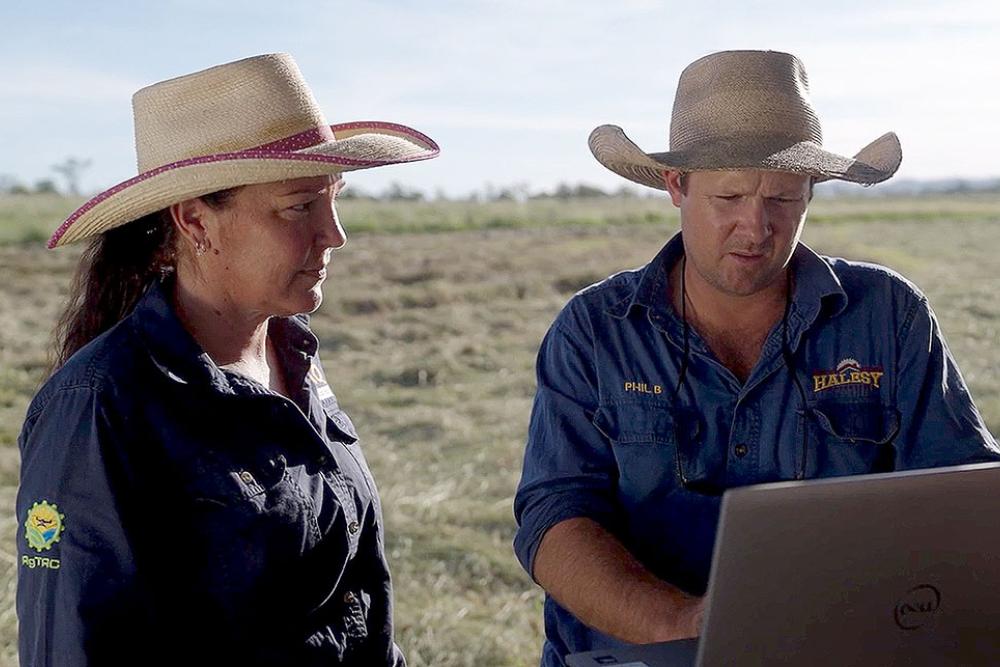
Source: Soils for Life
Tens of thousands of Australian farmers have shown adaptability and sustainability this National Agriculture Day by taking part in programs under the Future Drought Fund (FDF) that are helping stock, pasture and native wildlife.
The day provides an opportunity to celebrate the efforts of farmers like Cindy and Steven Scott from the NSW Riverina, who are looking at new ways to manage drought through the FDF’s Drought Resilience Soils and Landscapes program. They invested in shelterbelts—vegetation corridors—on their Henty property ‘Glen Elgin’.
The Scotts were among 15 producers across the Riverina to adopt different, well-established management practices, aiming to improve productivity and protect natural resources. The project was led by Riverina Local Land Services, in conjunction with Sustainable Farms ANU and Soils for Life, with funding from the FDF.
Cindy and Steven Scott have been trialling shelterbelts at Glen Elgin, and with the assistance from the FDF, were able to expand their efforts – quite literally.
“In the early days, trees were planted in one or two tree rows, usually over a space of five to eight metres,” Mr Scott said.
“Through this project, we now use 30-metre-wide corridors, and we’re trying to create links through the farm. Ours are probably 70 per cent shrubs, 30 per cent trees, as well as local grasses. The grand plan is to get connectivity from one side of the farm to the other.”
The main benefit of the shelterbelts is their function as a windbreak.
“We should be trying to reduce wind speed. This occurs when you’ve got thickness and depth in the wind breaks,” Mr Scott said.
“That protects your ground cover and reduces erosion, so we’re hoping to see how many extra kilos of beef we’ll be turning off.”
The shelterbelts also provide shade and cooler temperatures for stock, particularly in drier conditions.
“When shelterbelts are adjacent to water reserves, the shade and cooler temperatures reduce evaporation. We have shelterbelts around our main water storage dams for that purpose,” Mr Scott said.
Another outcome of the shelterbelts has been restoring native wildlife, particularly birdlife.
“Where we’ve planted, we’ve seen lots of little bird species coming back – we’d lost a lot of local birds around here. The width of the corridors provides safety for them.
“Little birds eat insects, and I’ll be interested to see if that has an impact on spraying.”
The Scotts have also taken part in studies with Sustainable Farms to look at the productivity benefits from using shelterbelts and other environmental practices.
Deputy Secretary for Agriculture, Fisheries and Forestry Policy, Matt Lowe said there is no one way to be prepared for drought, and Cindy and Steven’s work demonstrates this.
“The benefits of the projects under the FDF go further than just financial. Knowing a business is ready for the stresses of drought can be a huge relief for farmers,” Mr Lowe said.
“I hope more farmers start looking at the different ways land management can benefit their bottom line while making their businesses more drought resistant.”
For more information on the FDF visit Future Drought Fund - DAFF.
To learn more about the Scotts and shelterbelts, visit The Scotts at Glen Elgin - Soils For Life



